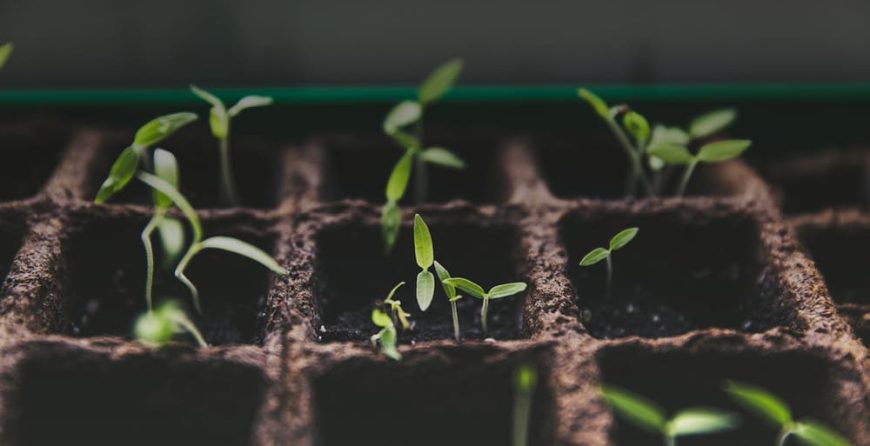 At MCG BioMarkers, we like to make gardening as easy as possible. To help you stay organized throughout the year, we’ve created this easy-to-reference calendar. From January to December, here are the best times to plant and harvest your organic plants.
At MCG BioMarkers, we like to make gardening as easy as possible. To help you stay organized throughout the year, we’ve created this easy-to-reference calendar. From January to December, here are the best times to plant and harvest your organic plants.
January
If you plan on working with slow-growing plants, this is a great time to start your seeds indoors. Plants like parsley, thyme, and certain perennials can be started now but try to limit it to those. Working with other plants right now will make them grow too tall. As a result, they’ll weaken the moment you take them outside.
February
The second month of the year is a great time for prepping your organic vegetables. Start seeding your onions, broccoli, leeks, cabbage, cauliflower, herbs, and perennial flowers now. You’ll probably be tempted to start working with other plants, but now isn’t a good time. Wait another month or two before going gung ho.
March
Now that March has rolled around and the air isn’t as cold, you can start making some headway. To stay organized, consider dividing this month into two halves.
For the first half of the month, start working with your slower-growing annuals such as snapdragons, impatiens, and annual salvias. These are the plants that should be seeded 10-12 weeks before the last frost date. If you’re not sure when that average date is, doing a little online research or pick up an almanac at your local garden center can help.
For the second half of the month, start working with your soil outside. At this point, the ground should be workable, so feel free to plant your cool-season vegetables (spinach, radishes, lettuce, etc.) in the ground. If you’ve got perennials that are already an inch tall, divide them up.
When you get to the last week of March, start seeding your annual plants inside. This would include the plants that should be started 6-8 weeks before the last average frost date. Examples include globe amaranth, sweet alyssum, marigolds, and flowering tobacco.
April
When April gets here, you can start placing fast-growing plants that like the cooler temperatures directly into the ground. Start with any of the following:
- Bareroot trees
- Shrubs
- Roses
- Bachelor’s buttons
- Larkspur
- California poppy
- Container-grown trees
- Flowers such as pansies and snapdragons
- Broccoli
- Cauliflower
- Cabbage
- Lettuce
- Spinach
- Greens
- Radishes
- Herbs including parsley, sage, cilantro, thyme, etc.
- Peas
- Potatoes
May
May is a good month for planting your container-grown roses, trees, and shrubs. Feel free to plant your perennial flowers, warm-season annual flowers, grass seed, and lay sod.
You should also be able to plant the seedlings of the following:
- Tomatoes
- Peppers
- Eggplant
- Squash
- Cucumber
- Melons
- Warm-season herbs
June
This is an excellent month for plants that prefer warmer temperatures. Start planting your corn, cucumbers, green beans, melons, and squash when June is in full swing.
July and August
Though it depends on your area and how much rainfall has occurred during the year, July and August are often too dry and hot to plant anything. If you find yourself planting something, make sure to water consistently for the weeks after.
September
Does your lawn look a little sparse? Now is a good time to plant grass seed. Water daily until it’s been established. Now is also a good time to prepare for the following spring, so plant any spring-blooming flowers such as daffodils and tulips.
October
You can continue to plant grass seed this month, so feel free to do so if your yard needs it. Also, you still have time to plant spring-blooming bulbs and perennials.
November
Though it’s not recommended, you can still plant spring-blooming bulbs in November. Make sure the soil hasn’t frozen yet and that you can dig into the soil to do so.
December
Planting isn’t recommended.


